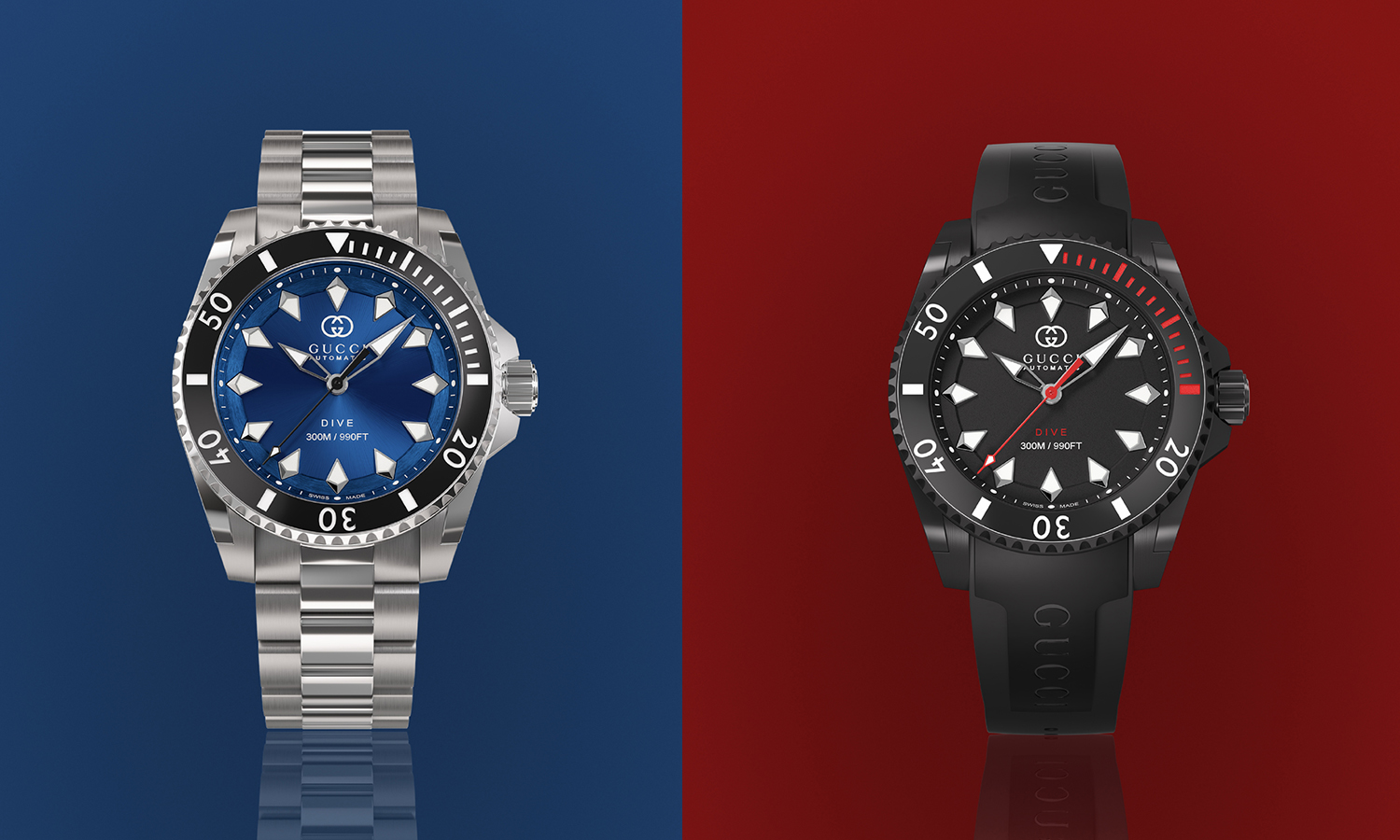Watch of the Week: Longines Avigation BigEye Titanium
When it comes to historically important events, Longines was often in the middle of it. In particular, when it comes to aviation history. As the concept of aircraft matured in the 1920s, planes became more common, powerful, and able to fly higher as well as longer distances. This also meant the introduction of new problems, like how to determine your exact location when airborne. To do this a very precise watch was an absolute necessity, as time was used to navigate. In 1929 Navy Captain Phillip Van Horn Weems teamed up with Longines to develop a special system for a watch that would make it easier to navigate. While initially created for use at sea, it was quickly adopted by aviators alike. One of those aviators was Charles A. Lindbergh, who was in 1927 the first man to fly non-stop from the North-America to Europe. He later on also designed a watch with Longines, which became the legendary Hour Angle, aimed at making navigation in aircraft easier and more reliable.
 SIGN UP
SIGN UP











